Gallbladder removal surgery changes the structure of the bile ducts and digestive system, which can cause symptoms of bloating and indigestion.
Master, Doctor Le Van Luong, Department of General Surgery, Tam Anh General Hospital, Hanoi, said that gallbladder surgery is indicated in cases of symptoms and complications of gallstones; cholecystitis; gallbladder tumors (adenomyomas of the gallbladder duct), gallbladder cancer.
Gallbladder surgery helps prevent new stones from forming, eliminating unpleasant gallbladder-related symptoms such as constant or post-meal pain, bloating, nausea, fever and chills.
The gallbladder has the function of storing bile. Bile is secreted from the liver through the bile duct (hepatic duct) to the common bile duct and flows into the intestine. About 600-800 ml of bile is secreted each day to help activate pancreatic enzymes and participate in the process of digesting food. When no food is taken into the body, bile is secreted less and is concentrated, stored in the gallbladder.
After gallbladder removal, bile flows directly from the liver through the bile duct into the duodenum (the first part of the small intestine). Patients who have had their gallbladder removed can live and work normally. Some cases may experience mild pain or bloating, digestive disorders, gastritis, gastroesophageal reflux... These symptoms are called post-cholecystectomy syndrome.
Symptoms range from mild to severe, gradually disappearing as the body adjusts and adapts to excretion and opening and closing the valve part of the common bile duct that flows into the intestine called the Oddi muscle.
Symptoms of post-cholecystectomy syndrome can be improved by adjusting lifestyle and diet habits such as eating easily digestible foods, liquid foods, not eating too much at one time, possibly dividing meals into smaller portions, reducing fat intake... In some cases, medications to reduce stomach acid secretion and smooth muscle relaxants can be used as prescribed by a doctor.
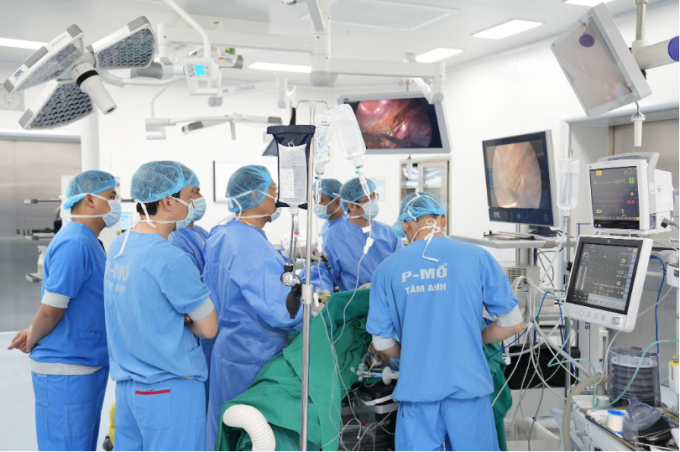
Doctors from the General Surgery Department, Tam Anh Hospital, perform gallbladder surgery on a patient. Photo: Provided by the hospital
Doctor Luong noted to distinguish post-cholecystectomy syndrome from other complications such as bleeding, infection, leakage, biliary stricture, biliary tract infection with symptoms of right hypochondrium pain, abdominal distension, fever, dark yellow urine, yellow eyes, jaundice. People with abnormal symptoms after surgery need to be re-examined for ultrasound, blood tests to detect abnormalities early and handle them promptly and effectively.
For at least one month after surgery, patients should avoid fatty, greasy or fried foods, processed foods and sugary foods as they can easily lead to diarrhea and electrolyte imbalances. Most digestive problems such as bloating or diarrhea subside within a few weeks after surgery as bowel function and overall health improve and balance.
Patients need to pay attention to the digestive system's reactions to the food consumed. Eating too much food at one time overloads the liver.
Postoperatively, patients should avoid stimulants such as coffee, tea, and caffeinated drinks during the first month, especially when continuing to take medications.
In the first few months, limit foods rich in raw fiber such as cauliflower, cabbage, nuts, cereals, bread, etc. because they can easily cause indigestion, bloating, abdominal pain, and diarrhea. Patients should eat small amounts of foods rich in fiber along with a reasonable exercise regimen.
As the body adapts to no longer having a gallbladder, in the months after surgery, changing your diet, choosing easily digestible foods, and adopting a healthy, scientific lifestyle will help improve your health and gradually return to normal activities.
Emerald
| Readers ask questions about digestive diseases here for doctors to answer |
Source link













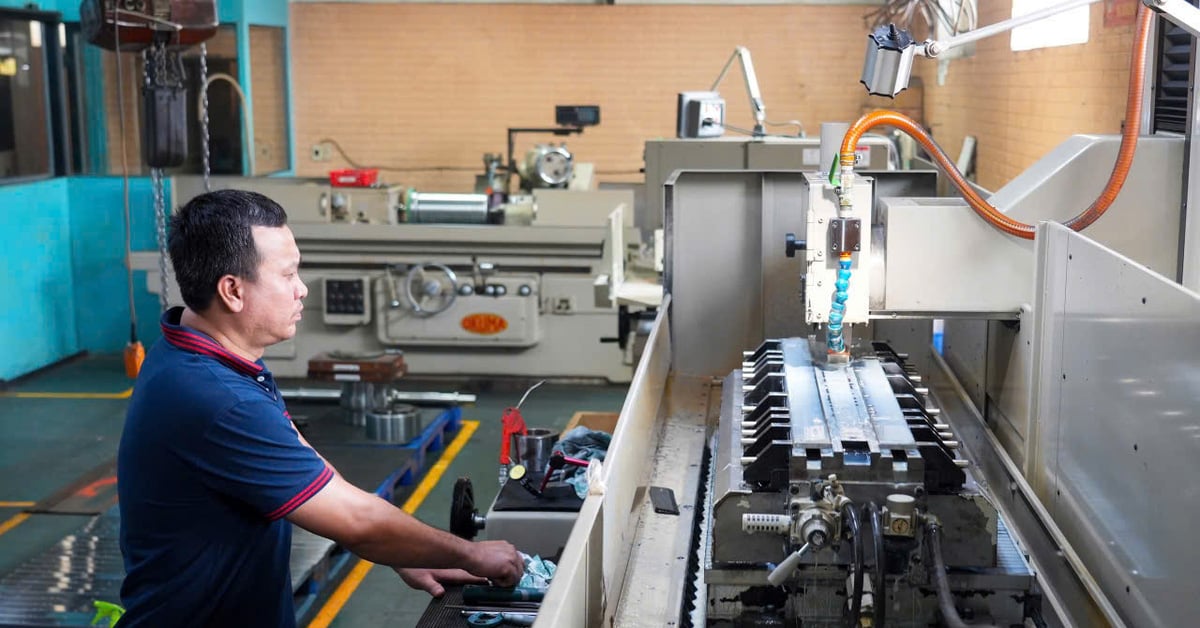
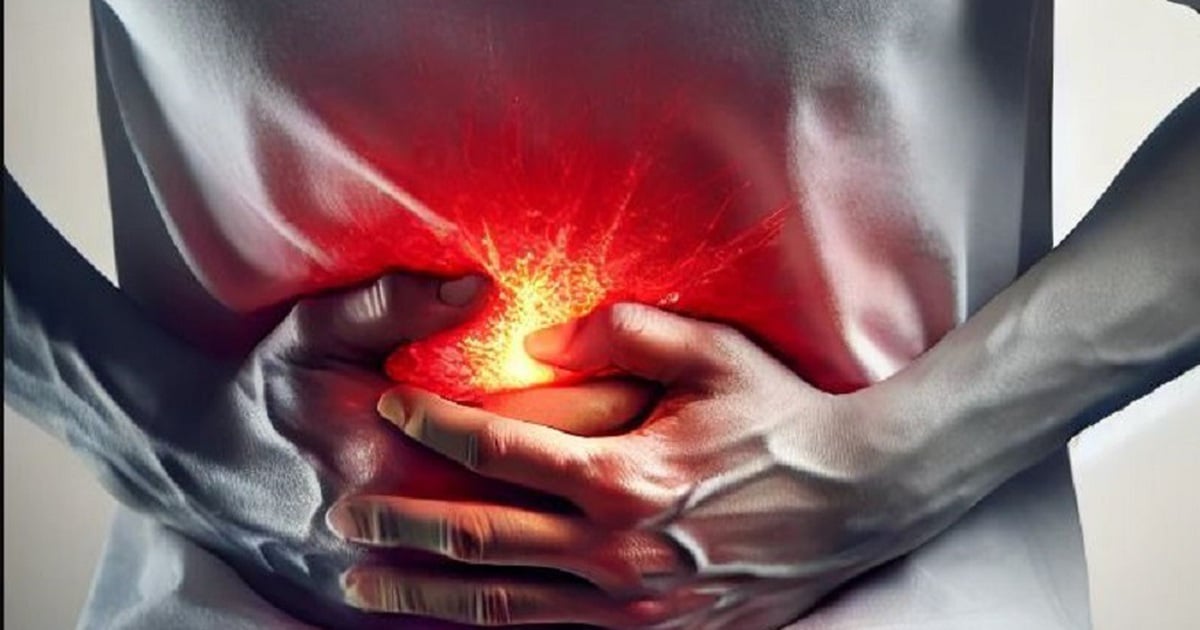
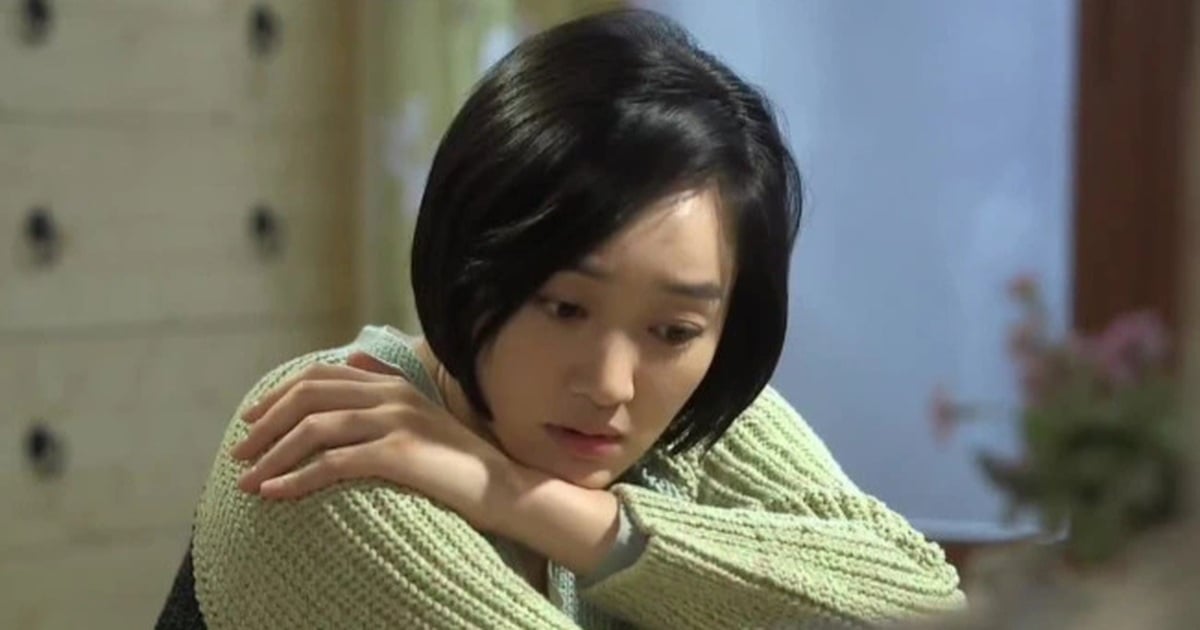

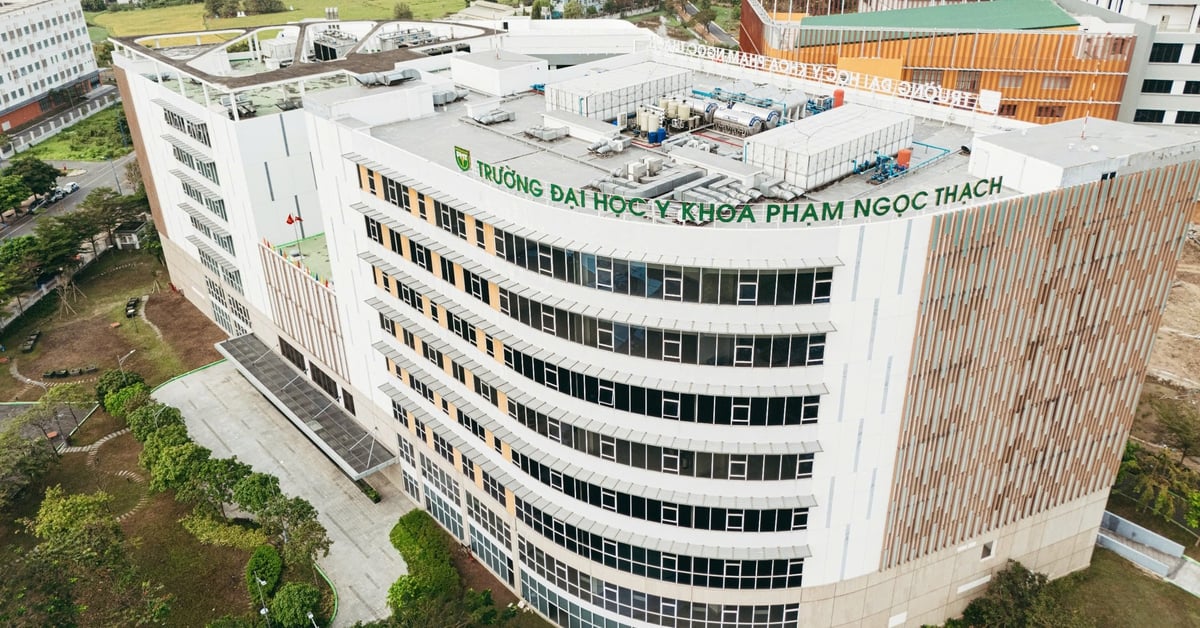

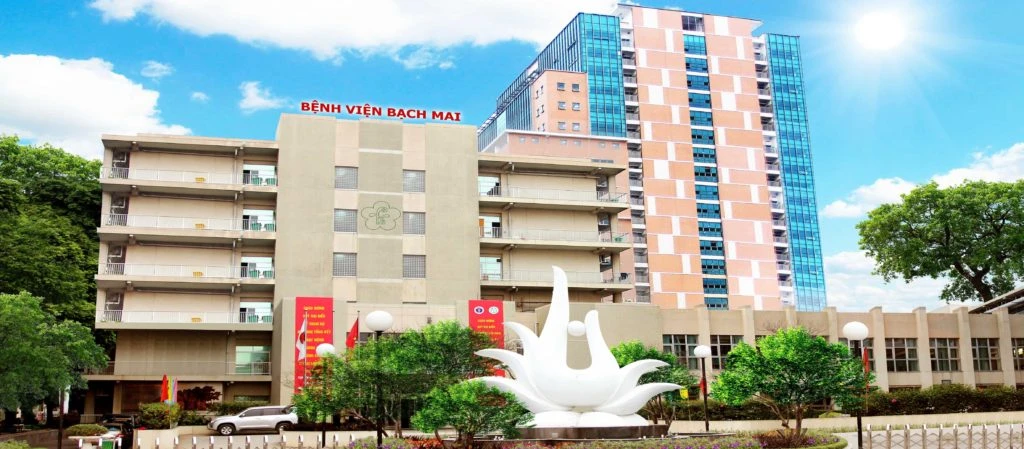

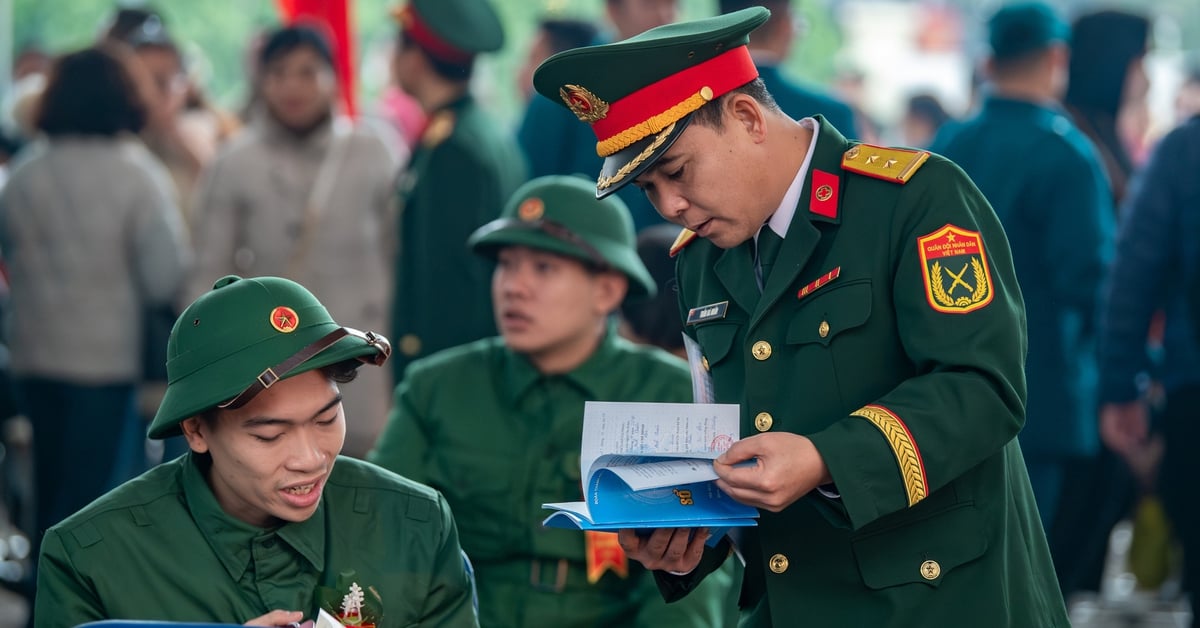
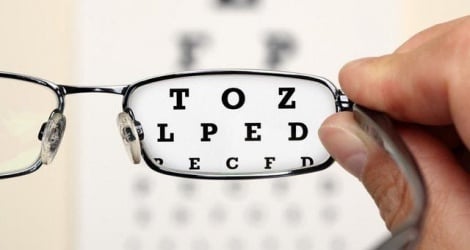


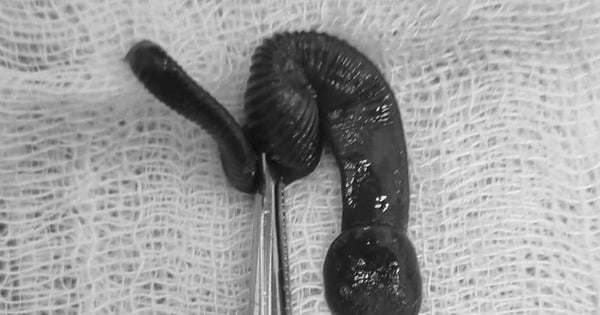














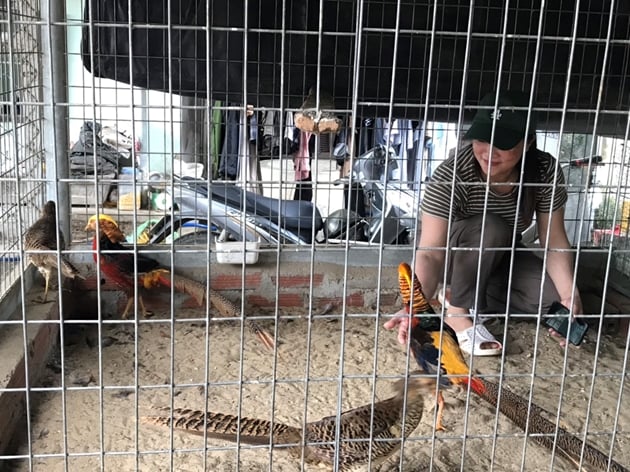


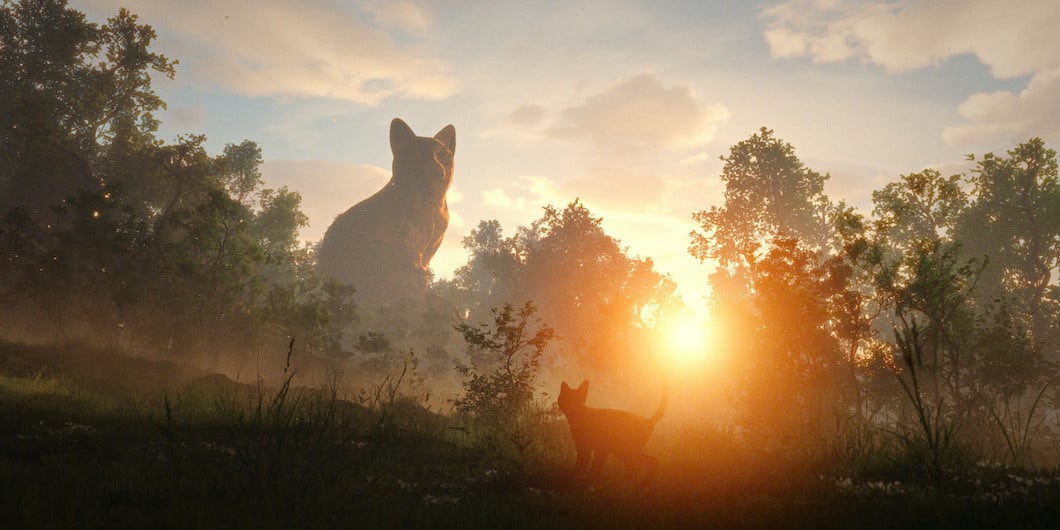
Comment (0)